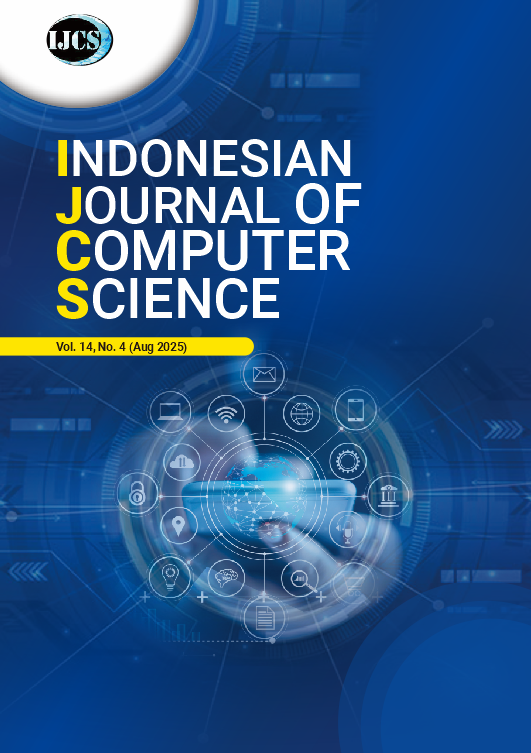Unraveling the Structure of India’s Railway Network: Insights from Network Analysis
DOI:
https://doi.org/10.33022/ijcs.v14i4.4920Abstract
India's railway station network is a vast and complex system that plays a crucial role in the country's transportation infrastructure. In this analysis, we will explore the network of Indian railway stations using network analysis techniques. Network analysis is a statistical approach to analyzing the relationships between variables in a network. A network is a graphical representation of the relationships (edges) between variables (nodes). The study will involve constructing a network representation of the railway station network, where each station is represented as a node, and the connections between stations are represented as edges. This visualization allows us to identify the type of network, communities, overlapping communities, cascade failure, and heterogeneous information network within the network. Based on the analysis results, the formed network is a scale-free network. The community detection analysis using the Leiden algorithm shows that there are 23 clusters formed with a quality value of 0.97662. Overlapping communities are present when the value of K ≤ 3, and there is the potential for cascade failure or an epidemic when the node with the highest degree is assigned the status of infected. The formed India's railway station network is a HINs (heterogeneous information network) as it consists of various types of entities with different characteristics.
Downloads
Published
Issue
Section
License
Copyright (c) 2025 Fadil Al Afgani

This work is licensed under a Creative Commons Attribution-ShareAlike 4.0 International License.





